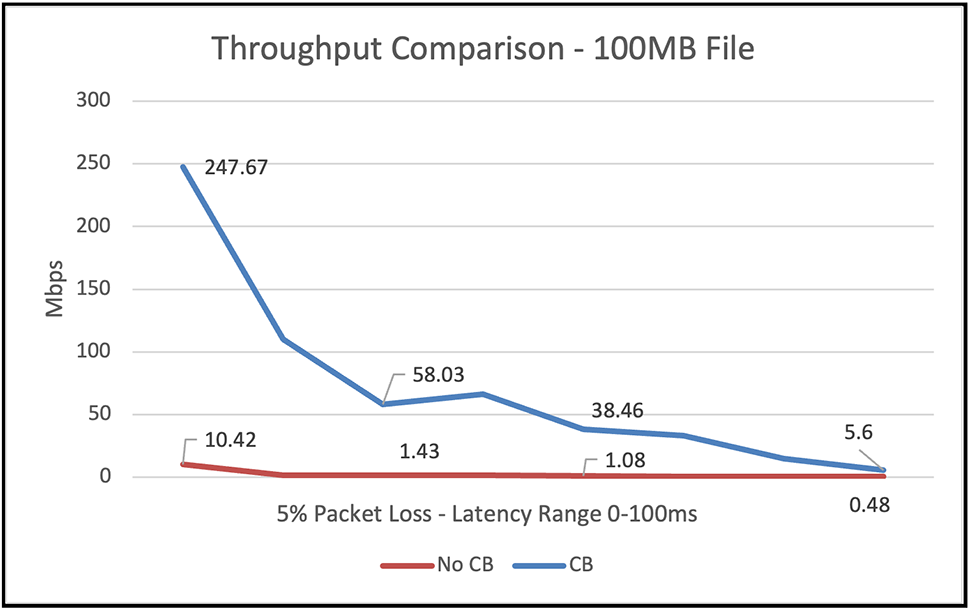[ad_1]
Hybrid access as a service (HAaaS) provider Cloudbrink has created a new tool that can measure packet loss impact, revealing the deep-seated causes of network and application performance problems affecting the hybrid workforce.
Cloudbrink’s own research reveals as little as 0.0047% packet loss in conjunction with 30ms latency can cause a dramatic decline in speed, reducing effective throughput by up to 95%. This underlines how any latency increase from VPN or ZTNA services can lead to massive degradation in performance.
Cloudbrink points out that packet loss typically occurs in the “last mile” – the distance from the user to the broadband network or the nearest cell tower – or between the user’s device and Wi-Fi router.
Mimics home networking conditions
Focused on remote workforce optimization, the free Packet Loss Tool allows IT departments to see how the use of VPN or ZTNA solutions impact their essential business applications and the overall user experience.
Prakash Mana, CEO of Cloudbrink said, “The shift to hybrid work models brings new hurdles. Remote users often experience lag and connection inconsistencies (latency and jitter) that disrupt their workflow and create frustration with technology. This new tool empowers IT teams to identify these bottlenecks and implement solutions that optimize application performance and end worker frustration.”
Cloudbrink’s tool mimics the network conditions home-based workers and those on the move are projected to face on typical broadband connections, or via cellular networks and public Wi-Fi access points. It also tests the influence of varying network conditions on private and SaaS applications.
Steve Broadhead, Director of Broadband Testing said, “Seeing is believing. This tool provides a great way of enabling the CTO to witness at first hand the effects of network degradation and how it can impact application performance.”
Packet Loss Tool is available as a free download on the Cloudbrink website. You will need to complete a short survey before gaining access to it.

More from TechRadar Pro
[ad_2]
Source Article Link

